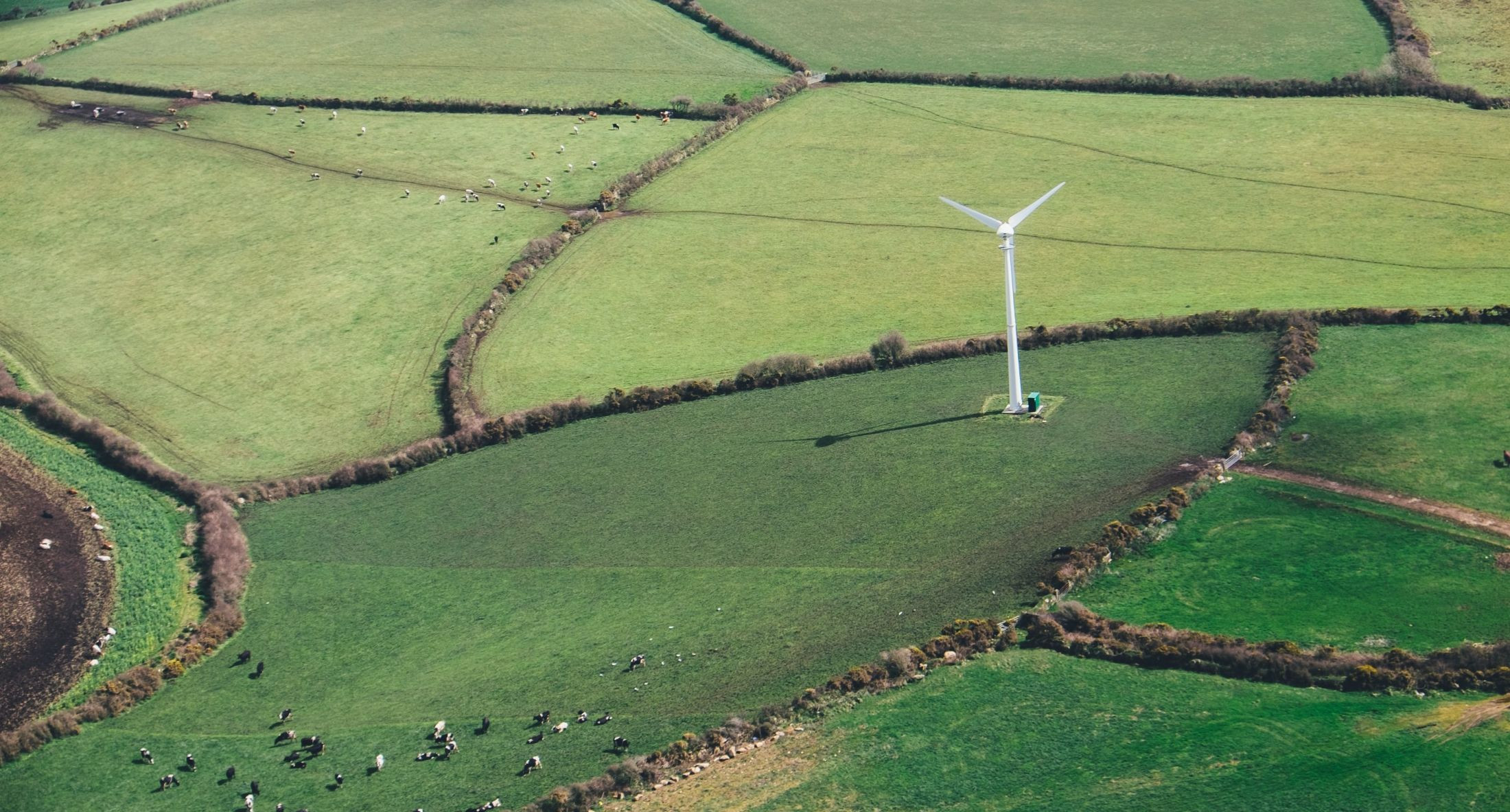Not sure of your Boundary?
Posted: 24 March 2022
All property owners, whether commercial or residential, must ensure that any structure on their property is located within its legal boundaries. These boundaries cannot be moved without the property’s title also being changed. Sometimes, however, the legal boundaries do not match up with structures (such as a fence or a building) on that property. What happens when the title does not match what is literally ‘on the ground’?
Confirm the legal boundary first
The first step when a query about a boundary arises is to determine where your boundary legally lies. Online aerial maps (like those available on some council websites) give you a starting point. However, the definitive description of your boundary is on the legal title for your property. There is usually at least one diagram on your title which will have the set measurements of all of your boundaries’ locations.
On the ground, there should be markers along your boundary. You can use these boundary markers together with the title to figure out where the relevant boundary lies. Sometimes, however, the boundary markers are well hidden or missing entirely, particularly on older properties. If boundary markers cannot be found, you should engage a surveyor to establish where your boundary is and to replace missing markers.
The other situation where you may need help in establishing your boundary is where your title is marked that it is ‘limited as to parcels’. This means that when the title was issued, there may have been insufficient survey information available about your boundaries’ locations. To be sure about your boundaries and to remove this classification, you must arrange a professional survey and work through a process with Land Information New Zealand to get the boundaries confirmed.
Encroachment
Once your boundary is confirmed, you may find a structure sits over the boundary; this is called an ‘encroachment.’ The current owner of the property and the structure is legally responsible for any encroachment regardless of when the structure was erected.
How you address an encroachment issue differs depending on whether you are a prospective buyer or you already own the property.
Before purchasing a property
The best time to check any boundary issue is before you buy the property.
It is essential that you use your own judgement and get professional survey advice where necessary, rather than relying on advice from the vendor. There have been legal cases[1] where the vendor has assured the buyer that everything was fine, only for it to be discovered that buildings included in the purchase were over a boundary. This can have significant consequences for you as the buyer; under many agreements for the purchase of property, it is the buyer’s responsibility to check and raise any issues with the boundaries. The vendor is usually not required to show you where the boundaries are nor to check the boundary markers are in place unless a bare section is being sold.
If you discover an encroachment, talk with us and we can raise this with the vendor. There is usually a limited time for raising title issues – either under the standard ‘requisition’ procedure or any due diligence condition. If raised within the proper time and the vendor cannot fix the issue, you may be able to cancel the agreement and not buy the property.
Issues when you own a property
If you already own a property and discover that a structure or fence is over your boundary, different processes apply. If you discover an encroachment, you may want to talk with your neighbour first and see if you can figure out a solution together. If this does not work, there are some legal remedies to assist:
- For fences, the Fencing Act 1974 requires that any fence is usually built with the fence or its posts as close to the boundary line as possible – unless agreed or a court has ordered otherwise. If your neighbour has unlawfully erected a fence over your boundary, you can ask the Disputes Tribunal or District Court to order the removal of the fence.
- For a building or other structure, you can ask the District Court or High Court under the Property Law Act 2007 for help around the ‘wrongly placed structure’. Depending on the circumstances and what is ‘just and equitable’, the court can allow your neighbour rights to use the land and structure, give you the right to use the structure, require removal of the structure and/or require payment of compensation.
Navigating boundary and encroachment issues can be tricky, particularly when you have a friendly relationship with your neighbours. If you think you might have a boundary issue, please do talk to us about your options.
[1] For example, Armstrong v Mitchell [2018] NZHC 2353.
DISCLAIMER: All the information published in the Property eSpeaking, Commercial eSpeaking, Trust eSpeaking, Rural eSpeaking, and Fineprint newsletters is true and accurate to the best of the authors’ knowledge. It should not be a substitute for legal advice. No liability is assumed by the authors or publisher for losses suffered by any person or organisation relying directly or indirectly on this article. Views expressed are those of individual authors, and do not necessarily reflect the view of this firm. Articles appearing in Property eSpeaking, Commercial eSpeaking, Trust eSpeaking, and Fineprint may be reproduced with prior approval from the editor and credit given to the source. Copyright, NZ LAW Limited, 2025. Editor: Adrienne Olsen. E-mail: [email protected]. Ph: 029 286 3650 or 04 496 5513.
